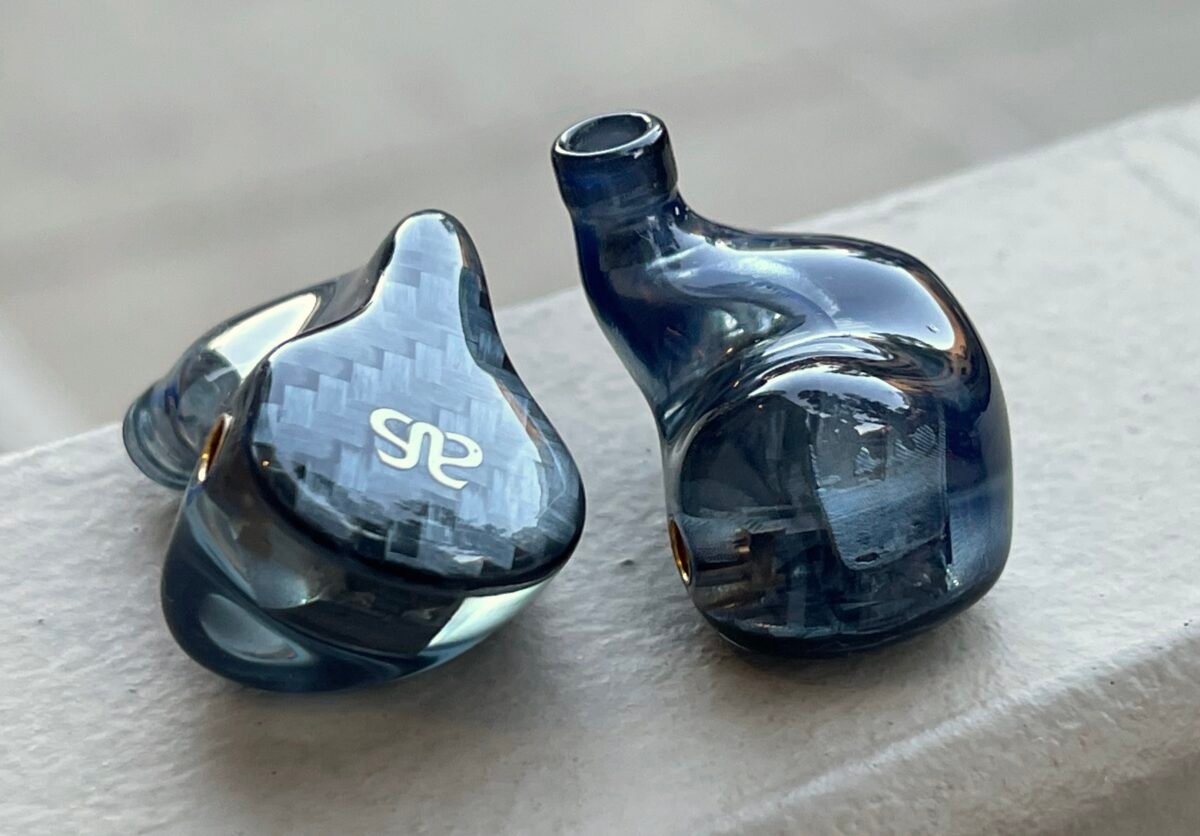AudioSense T800

Produced in Shenzhen, China, the AudioSense T800 was released in May of 2019 and maintains relevance as a mid tier earphone with a uniquely vibrant sound signature.
Priced at $300, it features a well-crafted, bio-adaptive resin shell, 8 Knowles balanced armature drivers and a 3 tube audio guide system. The cable uses MMCX connections.
Subjective ergonomics are excellent. The earphones fit well, stay in place and are comfortable for hours. Isolation is noteworthy, providing an intimate cocoon from outside noise.

Sonics
There is an emphasized sub and mid bass that lends enjoyable weight and dynamics to a lot of music. When tuned this way, some BA driver IEMs can sound flabby but the T800 maintains snap and definition. A track like Big Thief’s “Masterpiece”, which has large bellowing lows, holds together well.
A steady downward slope from the lower midrange into the main midrange makes vocals, guitars and other instruments more lean than rich. A rise into the upper midrange forms an apex between 3 and 4K and depending on how much energy a recording has in this area, this peak can sound overly exuberant (background vocals on Fleetwood Mac ‘Dreams’) or euphonic (vocals on Ryan Montbleau ‘Fast Car‘). Up higher in the frequency range is a dip in the 7k region that soothes some of the upper midrange gusto.
An intense lower treble has the ability to bring certain recordings to life but with an edgy track, like Squarepusher ‘Exciton’, it can be piercing and fatiguing.
Even though it might come across as a bright IEM, frequencies above 10K lack some nuance and texture and going up higher into the upper treble, there isn’t much delicacy or airiness.

Dimensionally, this IEM is engaging. There isn’t extreme left to right or front to back soundstage, but it’s enough that there’s a sense of being inside the music.
A nice quality of the T800 is that at low listening levels, the emphasized sub bass and lower treble is almost like the “loudness button” on an old stereo receiver (designed to be engaged at low volumes to compensate for frequencies that the human hearing perceives as quieter). Likewise, imaging does not collapse at soft levels. It retains a sense of localization and space.
The T800 deviates a bit from the Harmon curve (universally established tonal preference). Some might not gravitate towards its slightly hyped v-shape tuning, but others will find it to be a lot of fun. Regardless of the spectrum of opinions on this model, it’s not a dull IEM. It has some personality and technical merits and does what it does well.
